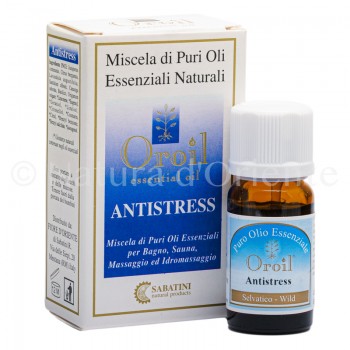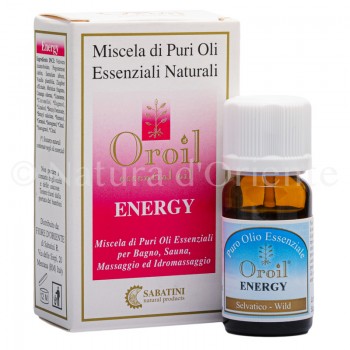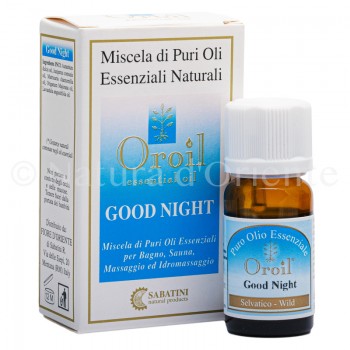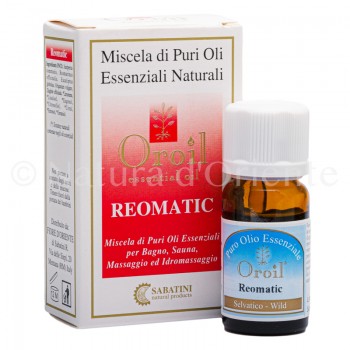A blend of essential oils designed to combat cellulite by exploiting the ability of some essential oils to promote microcirculation and drainage of liquids.
Essential oils that make up the blend
The anti-cellulite blend is composed of essential oils obtained from the following plants: sweet orange (Citrus sinensis), cedar (Citrus medica), common juniper (Juniperus communis), ylang ylang (Cananga odorata), fennel (Foenivulum vulgare) and rosemary (Rosmarinus officinalis).
The plants from which essential oils are obtained
Citrus sinensis is a tree belonging to the genus Citrus (that is, it is a citrus fruit) and to the Rutaceae family. The tree, native to China, was introduced to Europe in the 15th century. It is a medium-sized tree (it usually reaches 12 meters), like most citrus fruits it is a hybrid (the original citrus fruits are only three species) obtained about 4000 years ago from the cross between the pomelo and the mandarin. It is believed that the citron (scientific name Citrus medica) is one of the three original citrus species from which all other hybrid species were born. Obviously it belongs to the Citrus genus and to the Rutaceae family like orange. Morphologically it looks like a shrub with a height between 4 and 8 meters. The leaves are large and broad, the flowers grow in clusters of three to twelve, the bud is reddish but the flower when opened is white. The fruit can take on an elongated shape and is characterized by a very thick peel, in fact the citron is rarely eaten fresh.
The common juniper is a small tree in the Cupressaceae family, which takes its name from the cypress and also includes sequoias. The scientific name of the species is Juniperus communis. The juniper can be presented as a small tree but also as a shrub, perennial and evergreen. The juniper has a very vast circumpolar distribution, that is, it is widespread everywhere but only above a certain longitude, in Africa some relict populations resist on the Atlas mountains. Ylang ylang (scientific name Cananga odorata) is a tree of the Annonaceae family. Of medium size and fast growing (the growth rate can reach 5 meters per year) it reaches its final height very quickly, which usually does not exceed 12 meters. The distribution area covers most of Southeast Asia, eastern Australia and the Solomon Islands.
Fennel, scientific name Foeniculum vulgare, is a herbaceous plant belonging to the Apiaceae family. On fennel it must be specified that although it is the same species, the wild variety has a rather different appearance from the vegetable one from which the edible tap root is obtained. The seeds used in the kitchen are obtained from the wild variety and the essential oil is obtained from these seeds.
Rosmarinus officinalis is a perennial aromatic plant of the Lamiaceae family. It looks like a shrub that in some cases grows in height (in this case it can even exceed two meters) in others it tends to widen instead. The needle-like leaves have dimensions that vary in length from 2 to 4 cm and in width from 2 to 5 mm, the flowers are blue.
Properties of essential oils in the anti-cellulite blend
Sweet orange essential oil has smoothing and firming properties which make it useful as an adjunct to anti-wrinkle and anti-cellulite products. Cedar essential oil is attributed a lipolytic and circulation stimulating action. Juniper essential oil boasts astringent and decontracting properties. Thanks to its relaxing and antispasmodic properties, ylang yalang essential oil is one of the most popular of massage oils. Among the properties attributed to it, fennel essential oil boasts a diuretic activity which makes it suitable for draining massages. Rosemary essential oil, known above all for its antiseptic activity, also boasts toning properties and stimulates microcirculation. Cellulite is a condition of water retention and widespread inflammation of the tissues, therefore rosemary essential oil can benefit by acting on peripheral circulation and inflammation.

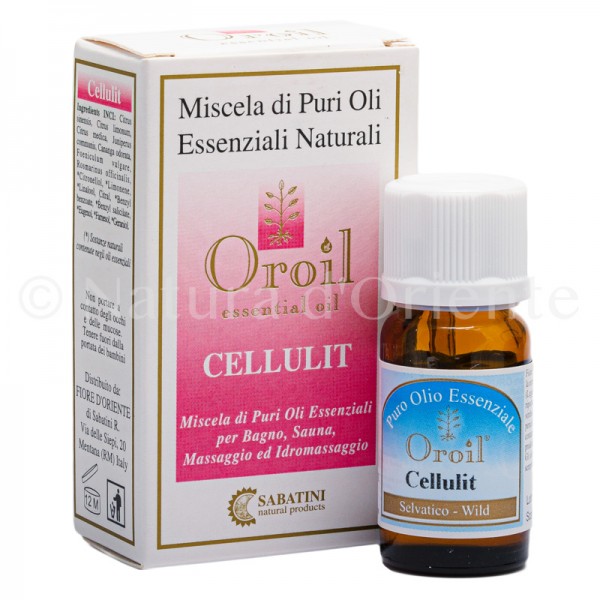

 No reward points for this product.
No reward points for this product.
